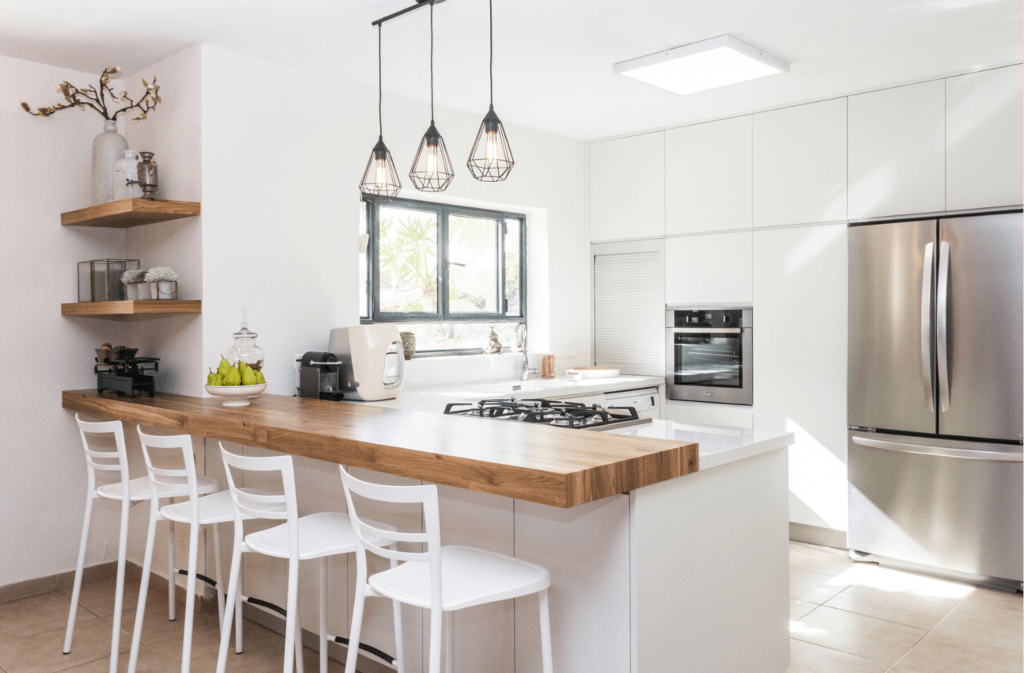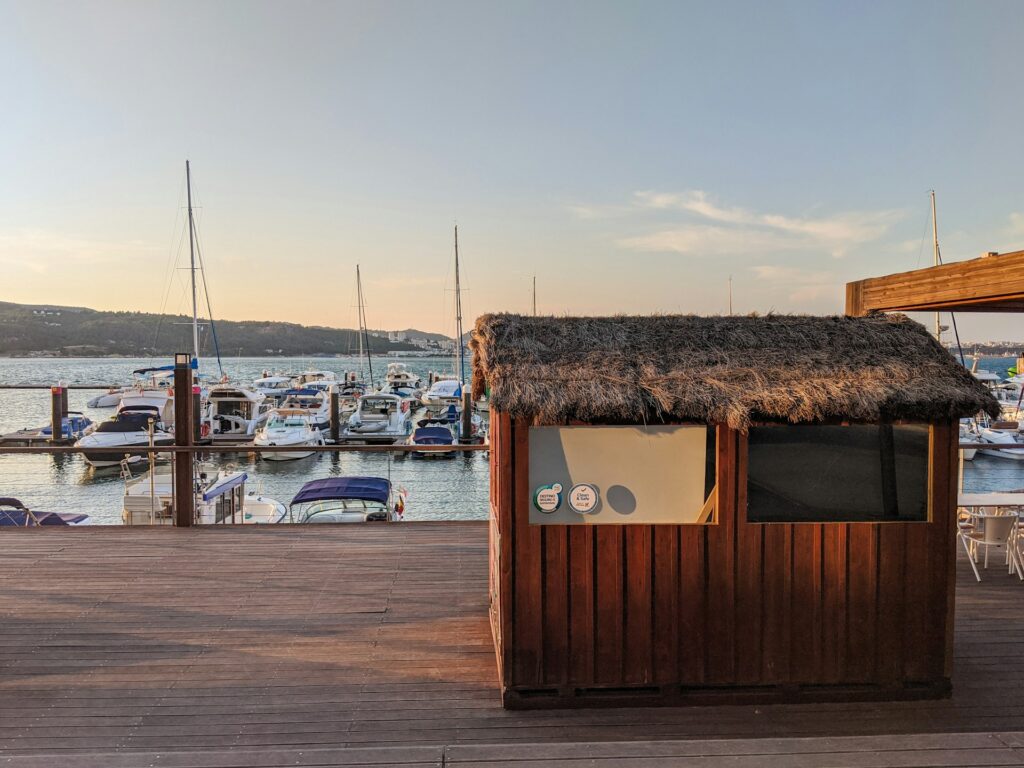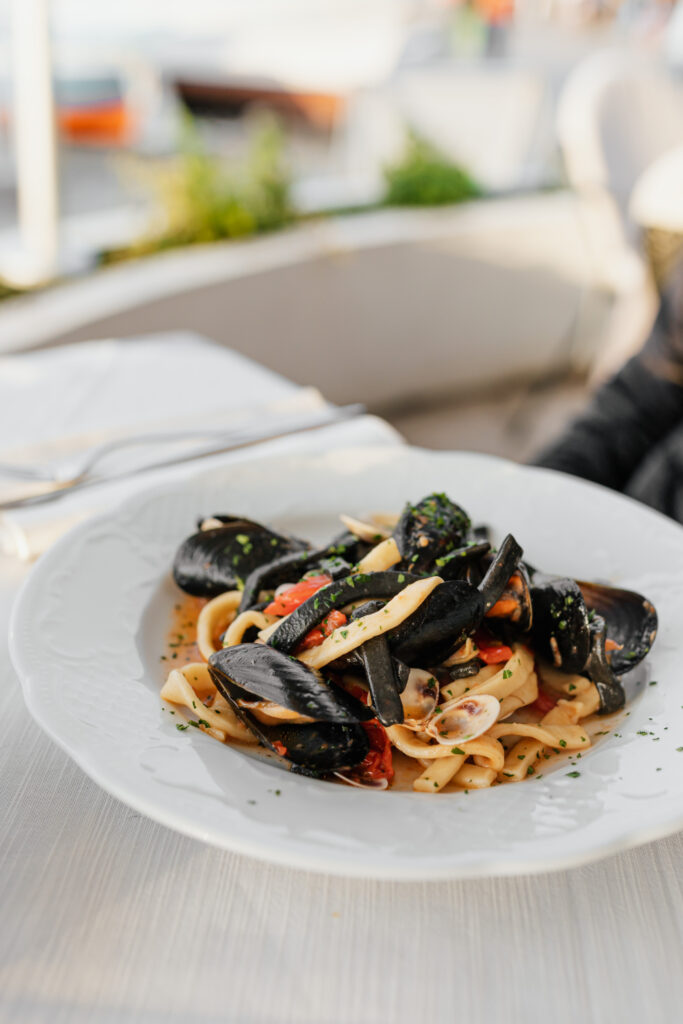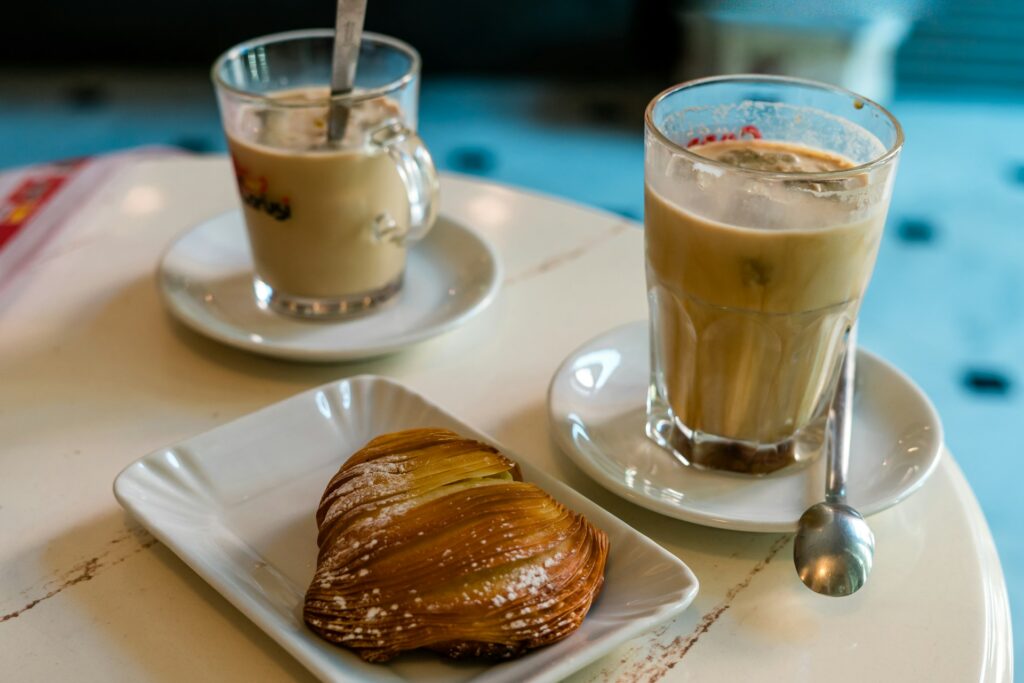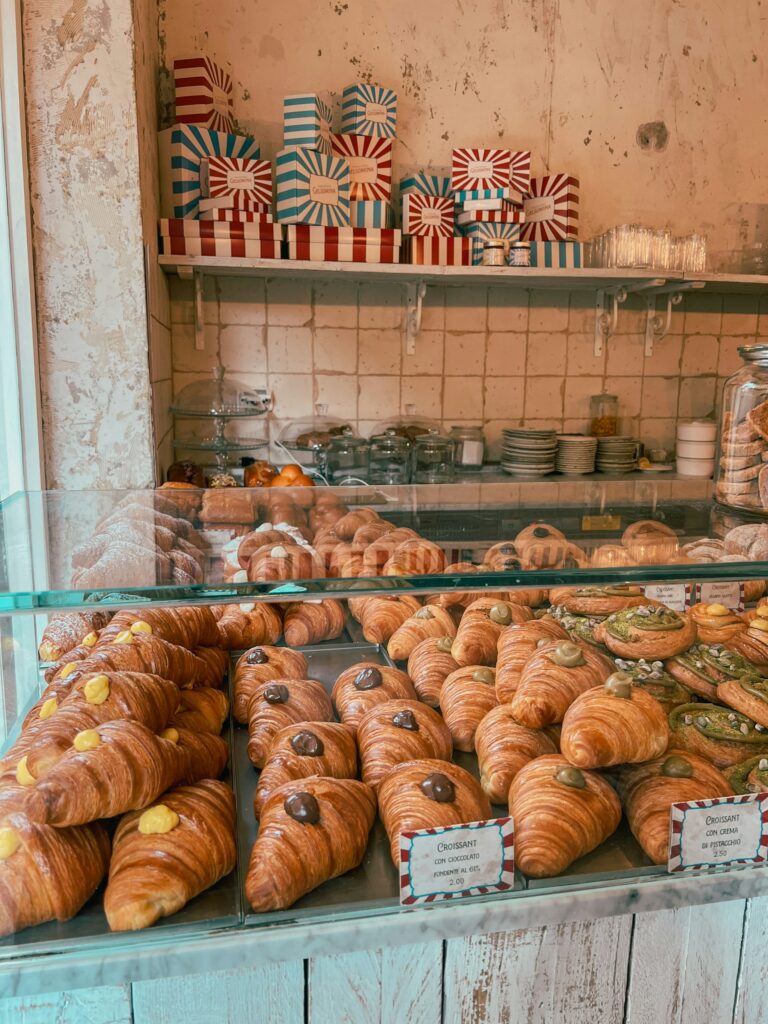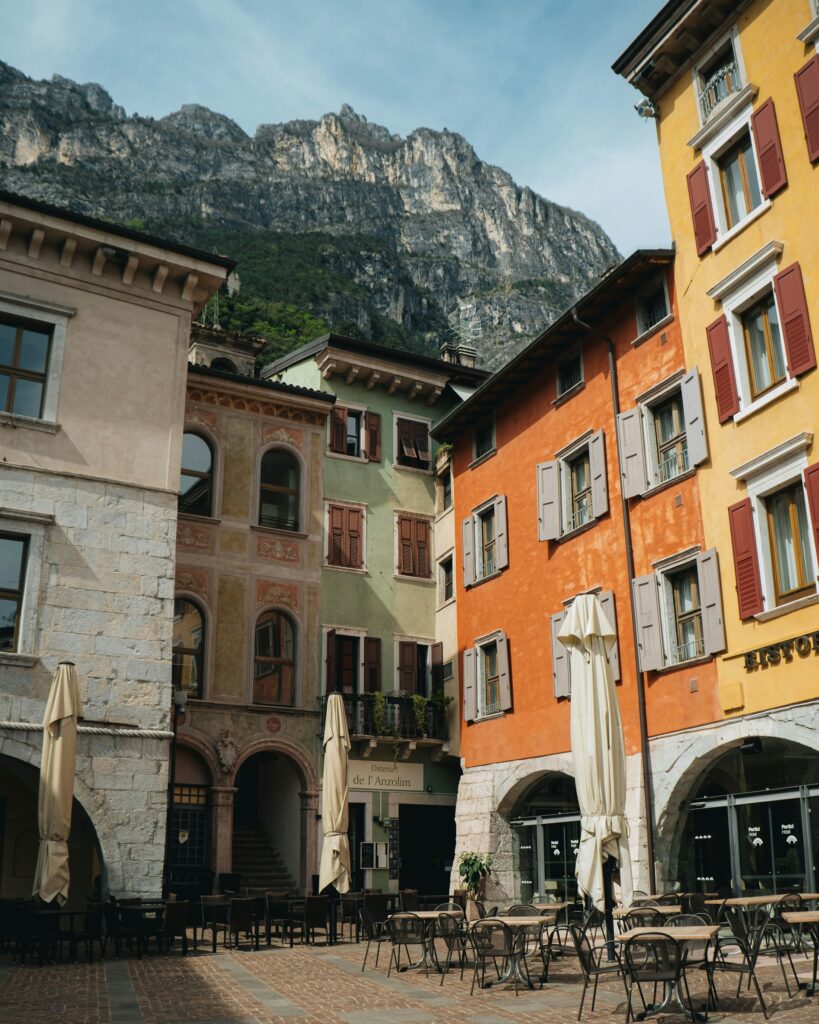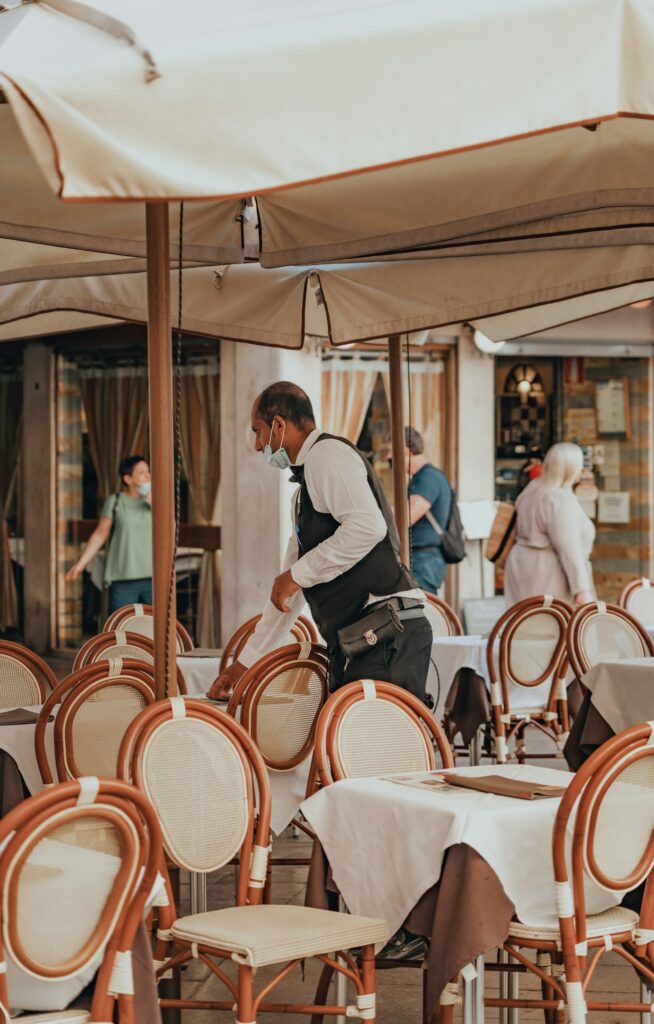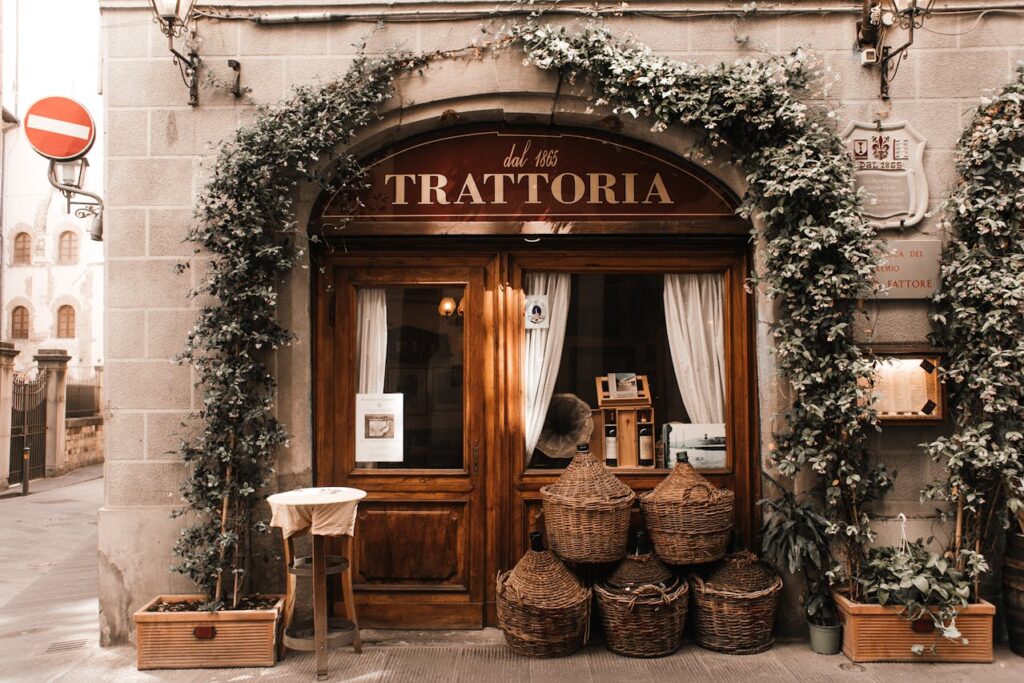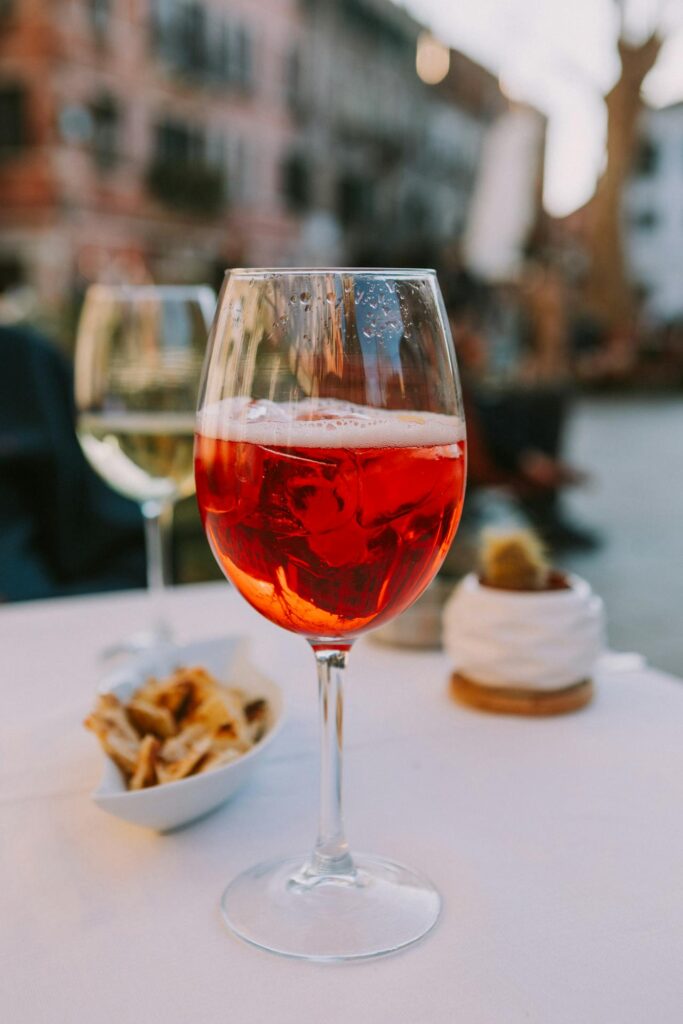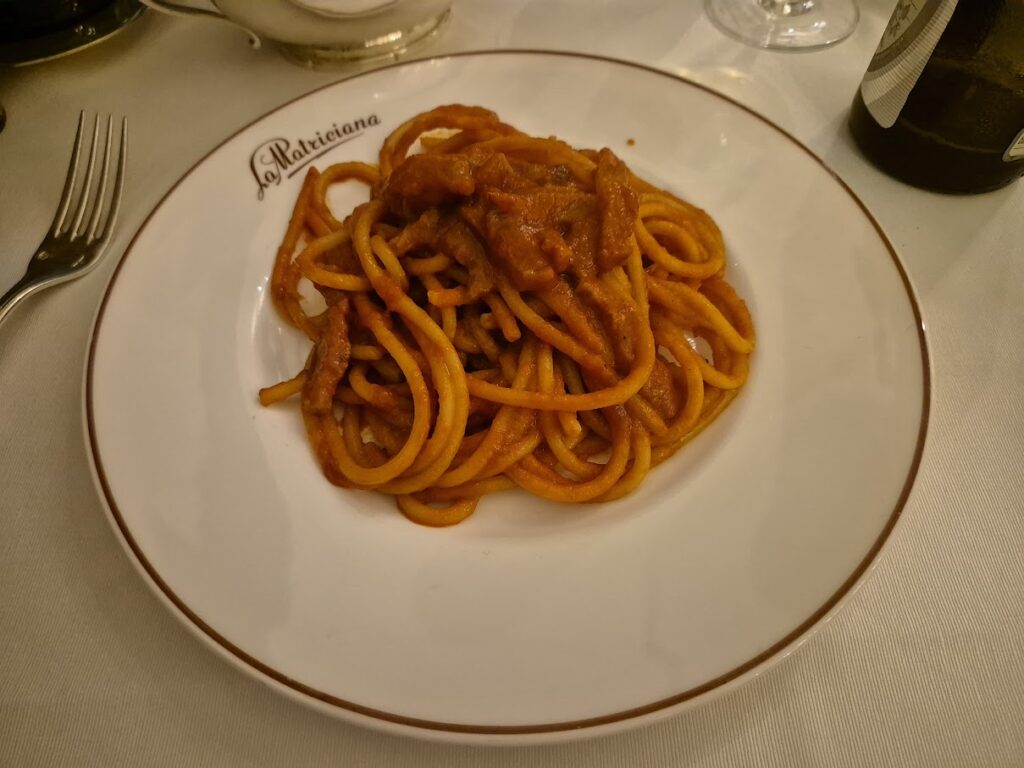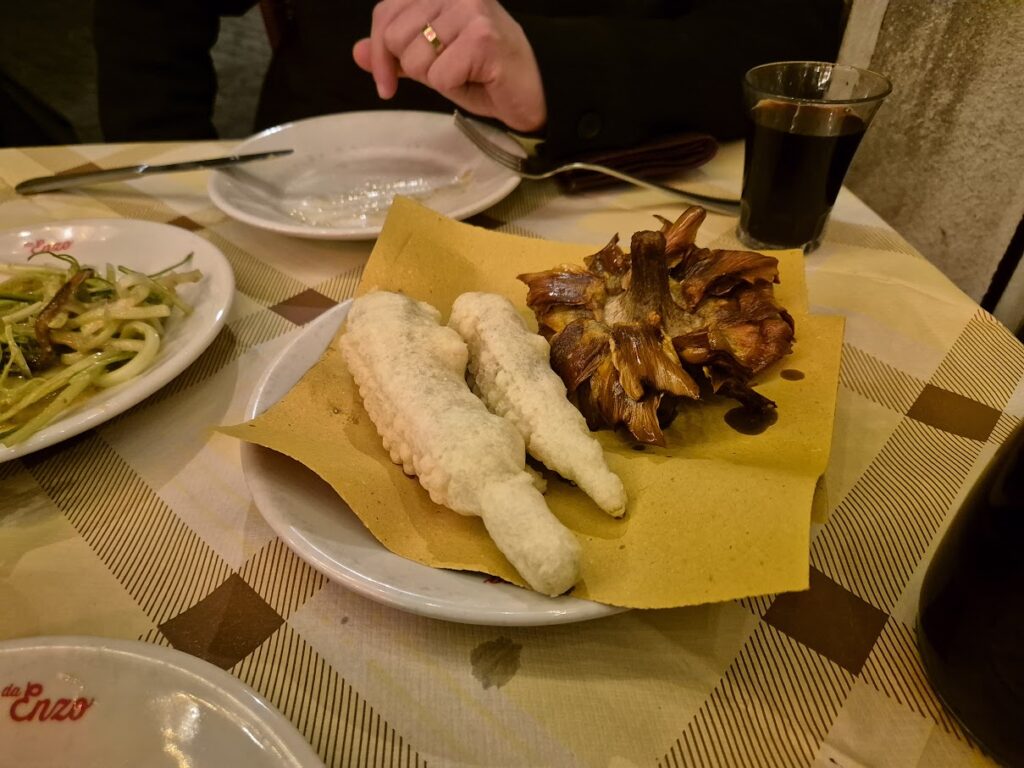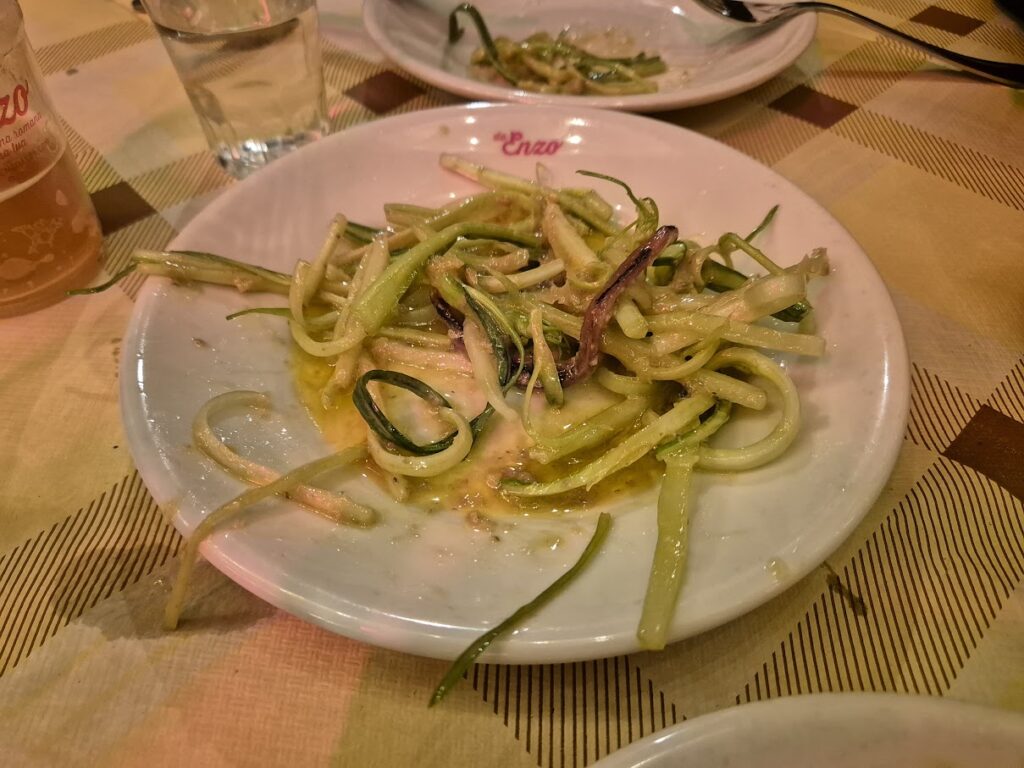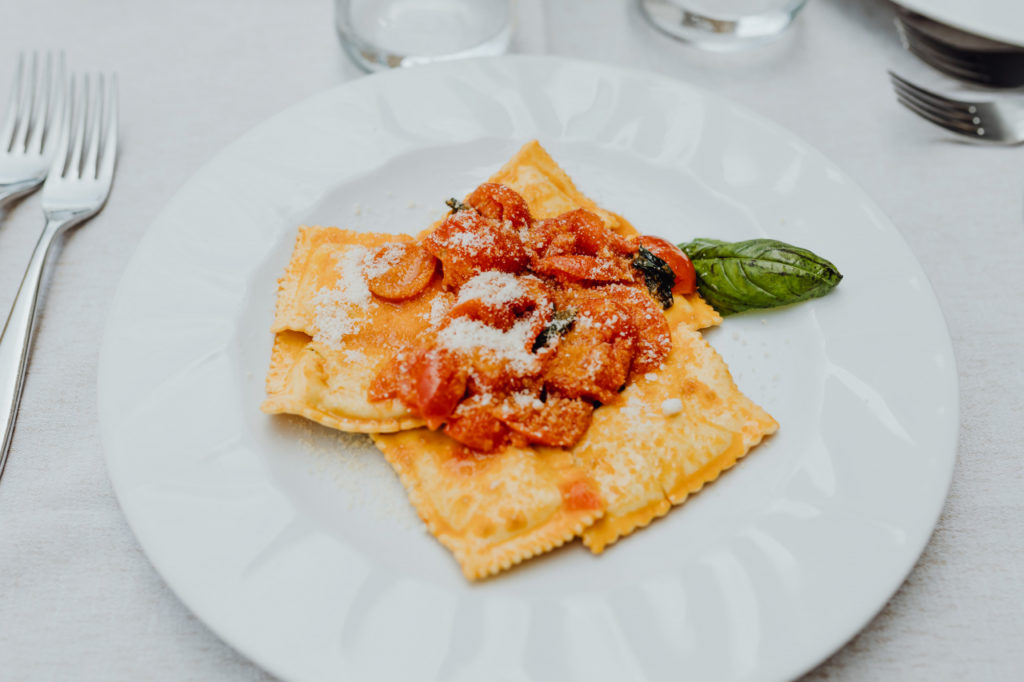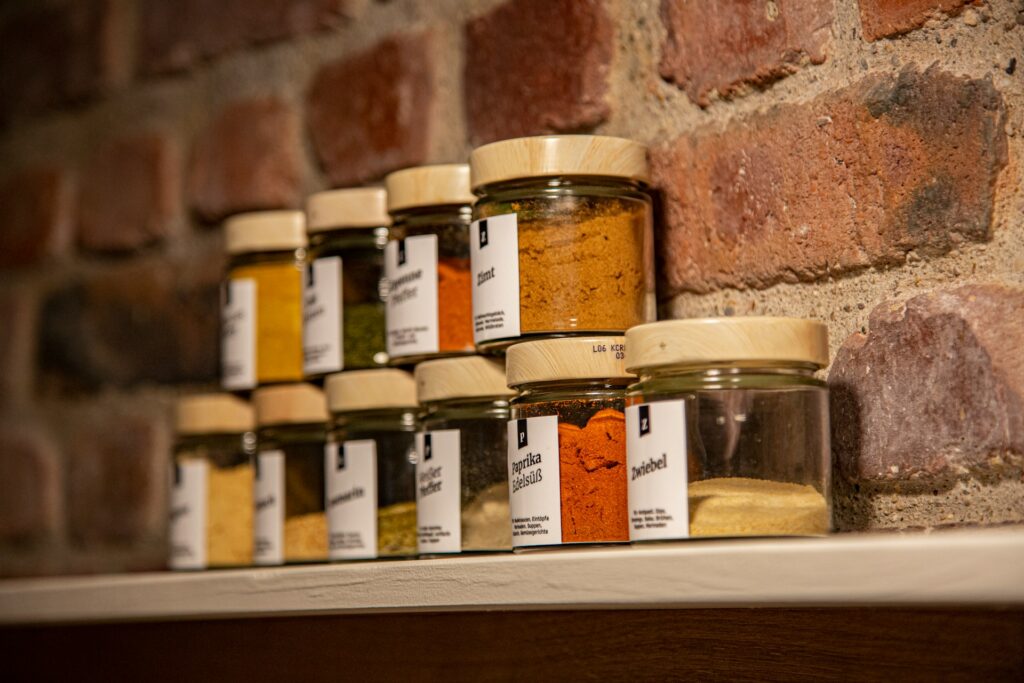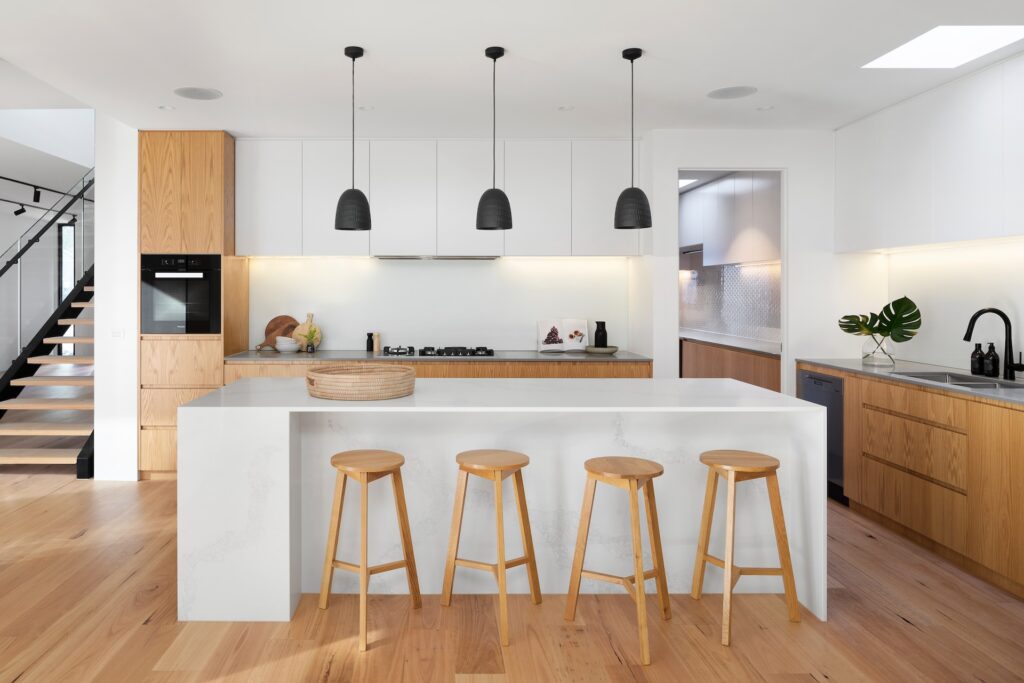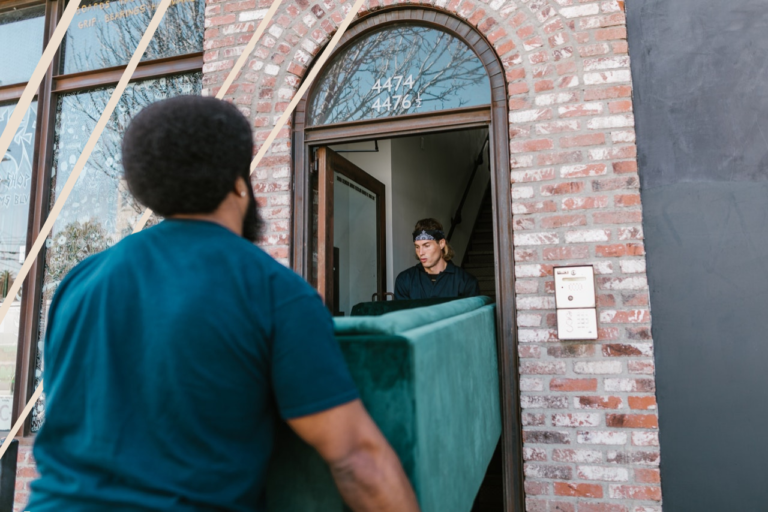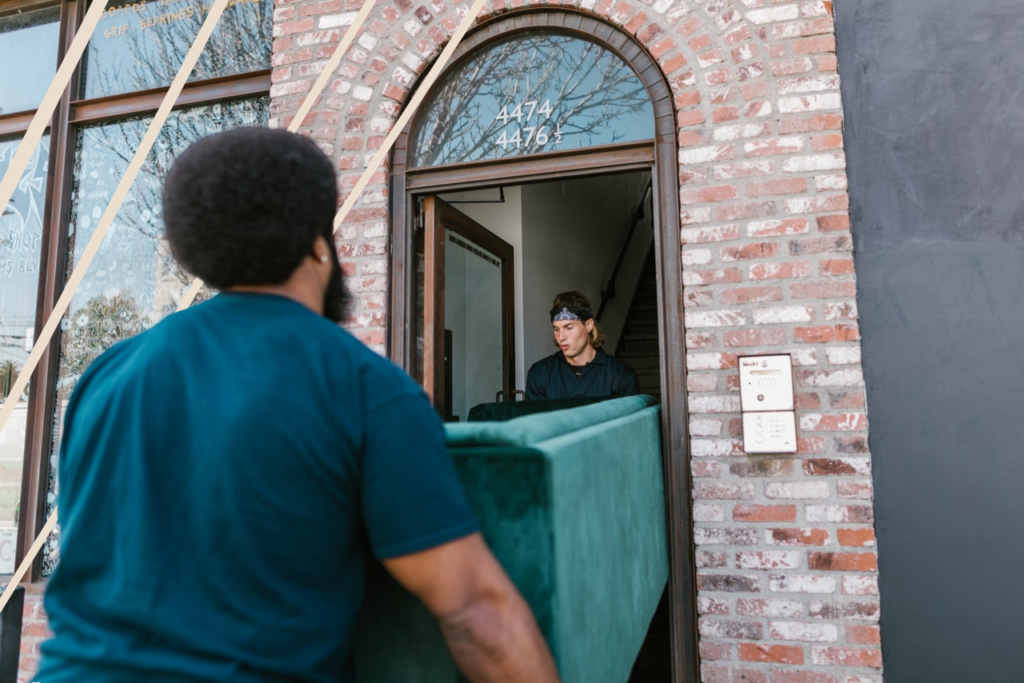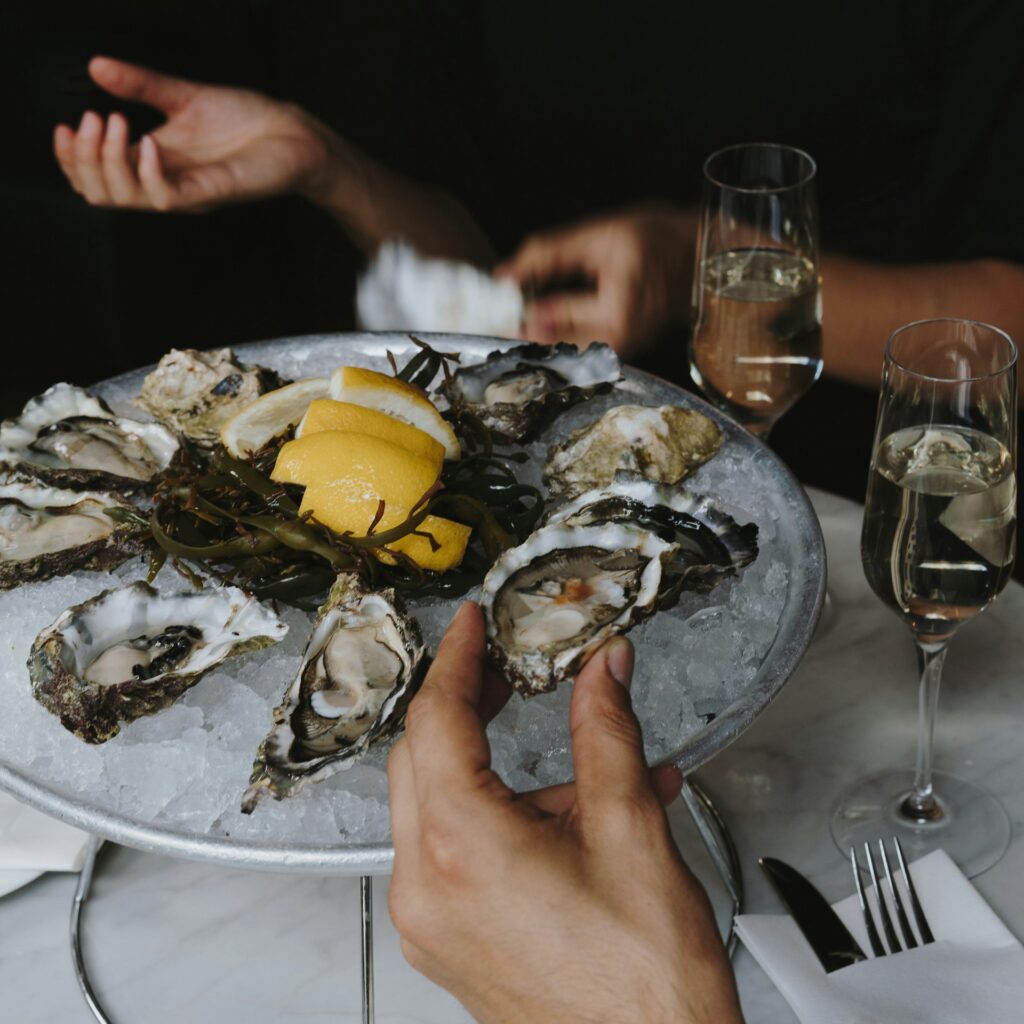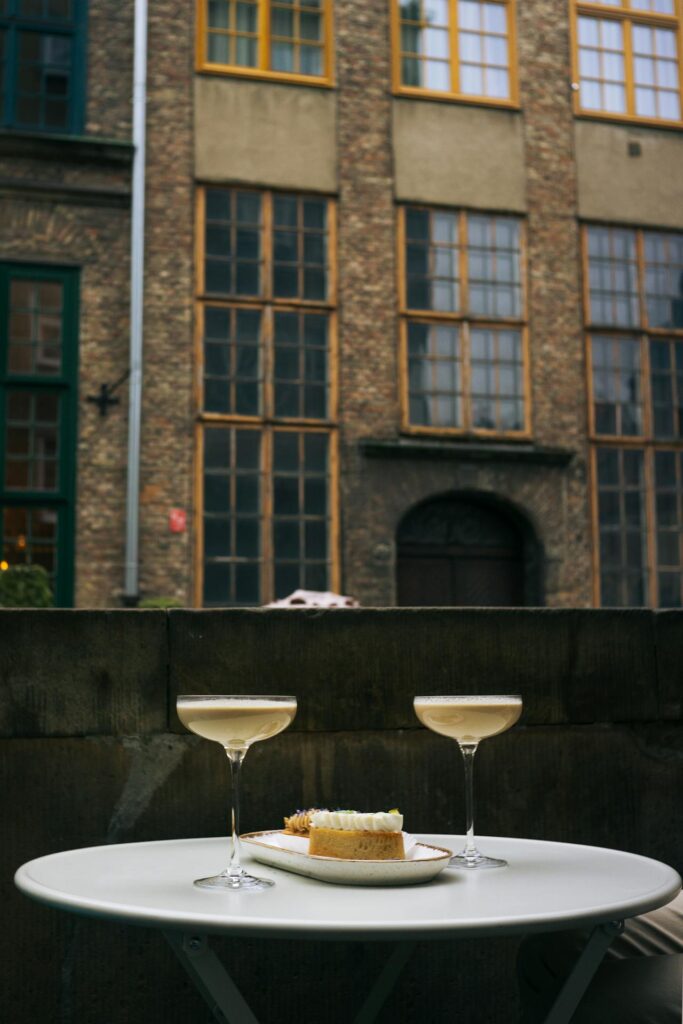Ah, the elusive work-life balance. Much longed after and much fabled, oft cited as the key to happiness, and most of all, really damn difficult to achieve for content creators.
In the ever-expanding digital landscape, content creators find themselves in a peculiar predicament: living at the intersection of passion and profession, where the lines between work and personal life blur with alarming ease.
The statistics paint a concerning picture. According to a 2024 survey of over 300 content creators, 73% of respondents reported experiencing burnout at least some of the time, with Instagram (88%), TikTok (81%), and Facebook (67%) identified as the leading platforms driving creator exhaustion. The primary factors? Constant platform changes (70%), lack of quality or creativity (55%), and never disconnecting from social media (43%).
From YouTubers to podcasters, bloggers to social media influencers, the modern creator economy demands constant output, engagement, and innovation—often at the expense of personal wellbeing. Indeed, leaving ‘work at work’ in the digital age, where algorithms demand constant engagement and audiences expect 24/7 content, can seem like an impossible dream. But it shouldn’t have to be that way.
So how does one thrive in the attention economy without surrendering personal life to the algorithm gods? The answers may be more accessible than you think.
Set Boundaries, Not Just Goals
The most successful content creators aren’t necessarily those who work the most hours, but rather those who work the right hours. This distinction proves crucial.
If you’re the kind of creator who finds it hard to stop responding to comments at midnight or drafting ideas at 3am, you’ll know the feeling of finding your proverbial plate overflowing. It’s all about learning when and how to stick to your guns.
Implementing clear boundaries between “creation hours” and “living hours” can transform productivity and wellbeing. This approach might involve not responding to comments after a certain time in the evening, dedicating that time exclusively to personal pursuits instead.
According to the aforementioned study, 49% of content creators cope with burnout by creating dedicated posting times or days, while 36% deliberately schedule vacations or days off. Establishing similar boundaries might include designating specific workdays, setting up auto-responses during off-hours, or creating a dedicated workspace that can be physically left behind at day’s end.

Batch Similar Tasks
The content creation workflow involves numerous disparate tasks: ideation, research, scripting, filming, editing, thumbnail creation, SEO optimisation, community engagement, and analytics review, among others. Jumping between these tasks throughout the day creates cognitive switching penalties that drain energy and extend working hours.
In an age of endless notifications and the pressure to be everywhere at once, it’s imperative you master the art of focus and learn how to work smarter, not harder.
Productivity experts recommend batching similar tasks into dedicated blocks. Perhaps Mondays become filming days, Tuesdays for editing, and Wednesdays for engagement. This approach reduces the mental load of constant context switching and often results in higher quality output in less time. Successful implementation of this strategy can dramatically reduce weekly working hours. Many creators who adopt this method find they can maintain or even increase output quality while reclaiming significant personal time.
Just stay away from distractions like unrelated social media scrolling and online shopping during your designated work blocks. Draw up a plan at the start of your week. Delegate when appropriate. All of these seemingly innocuous actions will lead to less overspill of work into your free time. Result!



Embrace Strategic Automation
Not every aspect of content creation requires the human touch. Identifying repetitive tasks that can be automated represents one of the most effective ways to reclaim personal time without sacrificing output quality.
Email responses, social media posting, analytics tracking, and even certain aspects of video editing can be automated through readily available tools, many of which require minimal technical expertise to implement.
For those who tend to land on the work-obsessed side, think of it this way—the more you’re able to streamline your workflow through automation, the more time you’ll have for creative expression and personal well-being. It’s a win-win for everybody.
Use Online Tools To Make Your Life Easier
The digital toolkit available to today’s content creators extends far beyond basic editing software. Leveraging specialised tools can dramatically reduce workload while maintaining or even enhancing quality.
Template systems for thumbnails, intros, and outros save countless hours of repetitive design work. AI-assisted writing tools help overcome creative blocks. Cloud-based collaboration platforms streamline work with virtual assistants or team members.
SVG makers have become particularly valuable for creators who regularly incorporate graphics into their content. These vector-based images scale perfectly across different platforms without losing quality, and dedicated SVG maker tools allow non-designers to produce professional-looking illustrations, logos, and animations with minimal effort.
Notion has emerged as a game-changer for content planning and organisation. This all-in-one workspace allows creators to build custom content calendars, track project progress, store research, and collaborate with team members—all within a single platform. Notion’s AI features can also summarise notes and generate content ideas, further reducing mental load.


Podcastle offers a comprehensive suite of audio production tools for podcasters and audio content creators, enabling studio-quality recording and editing from home. Its AI-powered features include background noise removal and voice enhancement, eliminating hours of tedious post-production work.
Later has become indispensable for social media management, allowing creators to visually plan, schedule, and analyse posts across multiple platforms. By batching social media work into a single session per week, creators reclaim countless hours previously spent switching between platforms and interrupting creative flow.
These tools can reduce production time by eliminating the need for outsourcing or struggling with complicated software. Custom graphics, organised workspaces, professional audio, and scheduled social media can be created and managed in minutes rather than hours, eliminating the need for outsourcing or struggling with more complicated software. We think that’s time better spent on, well, having an actual life outside content creation.
Schedule Downtime With The Same Rigour As Work
According to a 2015 study, quality ‘me-time’ can actually make you a better creator. Go figure. And of course, it’s also great for your well-being. So, how do you make sure you’re getting it?
Perhaps counterintuitively, protecting personal time often requires the same structured approach as professional obligations. The most balanced creators treat leisure, relationships, and self-care as non-negotiable calendar appointments rather than activities to fit around work.
These personal appointments—whether for exercise, social connections, or quiet reflection—should be given the same calendar priority as professional commitments. When these times are blocked off, the response to any scheduling requests should simply be “not available” without explanation or apology.
Try this: schedule self-care time into your diary and give it as much pertinence as you do your career. Have a clear divide between your creation hours and your personal hours, and don’t let either intrude on the other.
This approach requires discipline, particularly in an industry where opportunities often arise unexpectedly. However, maintaining this boundary proves essential for sustainable creativity.
Read: How to achieve a work-life balance in London



Invest In Mental Health Resources
A critical trend emerging for 2025 is the recognition that content creation isn’t just creatively demanding—it’s emotionally taxing as well. Mental health support is shifting from a “nice-to-have” to an essential component of a sustainable creator career.
Holistic approaches that incorporate physical health, nutrition, and lifestyle are becoming central to wellbeing strategies. For content creators, this means considering how sleep patterns, exercise routines, and nutrition affect your creative output and emotional resilience.
Many successful creators now actively schedule therapy sessions, mindfulness practices, or coaching as regularly as they schedule content posting. Some are even transparency documenting these mental health practices with their audiences, helping to destigmatise creator burnout and encouraging viewers to prioritise their own wellbeing.
If you’re feeling overwhelmed, consider exploring creator-specific mental health resources or connecting with communities of creators who understand the unique pressures of the industry. The vulnerability of sharing these struggles often leads to deeper audience connections and more authentic content—a true win-win.
Redefine Success Beyond Metrics
The algorithm-driven nature of content creation makes it dangerously easy to measure self-worth through views, likes, and subscriber counts. This mindset creates a treadmill of constant content production with diminishing returns for personal satisfaction.
Many veteran content creators will no doubt agree that their numerically “best” years were often their worst in terms of personal wellbeing. Alternative success metrics might include pride in the work produced, alignment with personal values, sustainable income generation, or meaningful audience impact—regardless of algorithm performance
Research indicates that 79% of YouTube creators experienced burnout in 2023, affecting both high earners (75%) and low earners (83%). This data suggests that financial success alone doesn’t insulate creators from the mental toll of constant production.
For the benefit of your mental health, personal life and professional satisfaction, consider alternative success metrics like pride in the work produced, alignment with personal values, sustainable income generation, or meaningful audience impact—regardless of algorithm performance.
A growing trend sees creators deliberately reducing output frequency—shifting from daily to twice-weekly posting, for instance—yet experiencing higher satisfaction, improved mental health, and often more stable income streams through deeper audience connection.


The Digital Detox Revolution
For creators, social media can seem like an annoying sibling, determined to steal every hour of your day. The pressure to be constantly connected and the bombardment of digital stimuli is a leading cause of creator fatigue and burnout.
The emerging solution? Scheduled digital detoxes. Make it a habit to unplug from social media regularly—not just as a rare occasion, but as a structured part of your weekly routine. Whether it’s a tech-free Sunday, screen-free evenings after 8 pm, or a full weekend away from notifications each month, these intentional breaks are proving essential for mental health maintenance.
What’s particularly interesting is that these digital detoxes aren’t just beneficial for wellbeing—they’re increasingly showing benefits for content quality. Distance from the digital sphere provides creators with the perspective needed to evaluate trends, audience feedback, and their own performance more objectively, leading to more strategic and effective content planning.
Read: From digital detox to holistic healing: The best wellness retreats in England
The Bottom Line: The Sustainable Creator
As the creator economy matures, sustainability has emerged as the defining factor separating long-term success from early burnout. The most enduring creators aren’t necessarily those who produce the most content or accumulate the largest followings, but those who build systems allowing them to create consistently without sacrificing their wellbeing.
Content creation isn’t a sprint or even a marathon—it’s more like gardening. It needs regular attention and care, but also periods of rest where you step back and let things grow naturally.
For those with a long commute home (or just a journey from your desk to your sofa), this time shouldn’t be spent catching up on analytics or planning tomorrow’s content. Neither should it be spent staring into space. Use this blessed little window to do something productive or relaxing. Read a book, play chess online, complete a crossword, or learn a new skill; something which takes your mind away from creation and does the same.
By implementing boundaries, batching tasks, embracing automation, utilising specialised tools, scheduling downtime, and redefining success, today’s content creators can build careers that enhance rather than diminish their lives – creating authentic content that reflects the balanced existence their audiences often seek.




























































